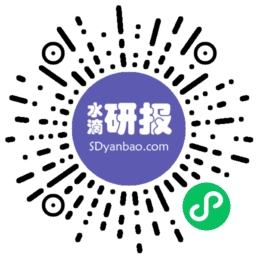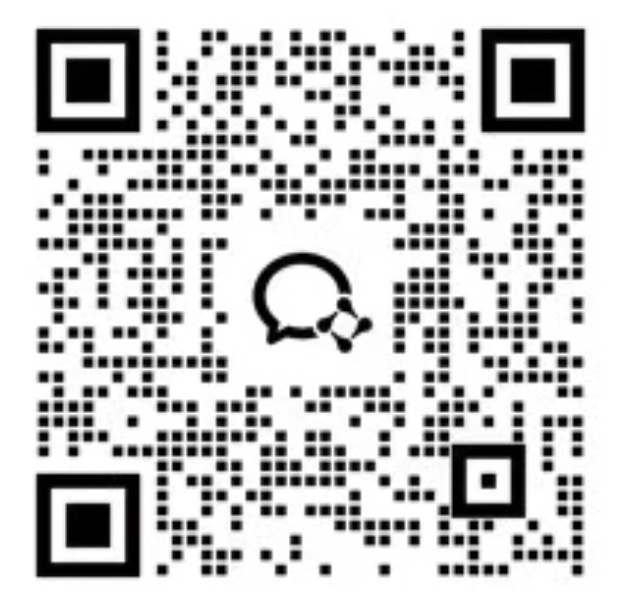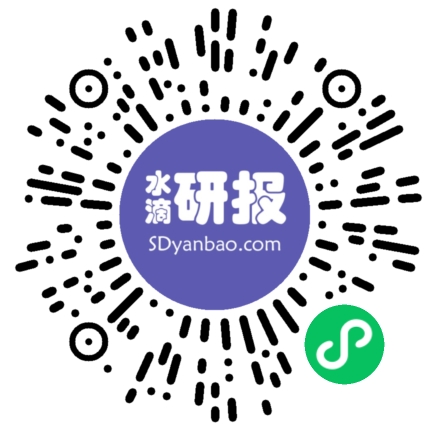Capgemini-多智能体人工智能——21世纪的自动化革命(英)
Multi-agent AI – 21st century automation revolution 2| Multi-agent AI – 21st century automation revolutionWhether it was Britain’s late 18th and 19th century industrial revolution, the United States’ post-World War II boom, or South Korea’s industrialization starting in the 1960s, all benefited from automation to increase productivity, efficiency, and profitability. The effect was radical transformation of economy and society.1 Now, in the 21st century, a new wave of automation is underway as agentic AI use widens across economies.An artificial intelligence agent is a software program that can interact with its environment, collect data, and use this to autonomously perform tasks to meet predetermined goals. As an evolution from technologies like robotic process automation (RPA) and machine learning (ML), AI agents can, perceive, reason, and act in changing environments to achieve their goals. How they reach them is largely left to them to decide.AI agents employ a range of advanced technologies to interact with users and perform tasks autonomously and effectively. Large language models (LLMs) are often the primary interface between AI agents and users. They are a type of foundation model trained on vast datasets, primarily text. LLMs encode knowledge by recognizing patterns, enabling AI agents to reason, inform their decision-making, and communicate.1 D. Acemoglu and P. Restrepo, Journal of Economic Perspectives, Vol. 33, Automation and New Tasks: How Technology Displaces and Reinstates Labor, pp. 3–30An agent can understand and generate human-like text or verbal responses using natural language processing (NLP), making human-AI interactions more natural and efficient.Automation has been the fundamental technology underpinning economic transformation for centuries. 3| Multi-agent AI – 21st century automation revolutionSince generative AI took off as a popular phenomenon, companies have rushed to create their own versions. They are used for advanced search, analysis and interaction with documents, particularly in the legal, HR, and technology fields. While these improve on previous systems, to stop at this point underestimates the full potential. LLMs are improving iteratively – where two years ago an LLM with retrieval-augmented generation (RAG) could produce synopses – current LLMs using enhanced retrieval methods can generate more sophisticated output.The fundamental difference between using a standalone LLM and employing a multi-agent system is that with the latter, individual agents are created to specialize in specific tasks – often not limited to language – and can collaborate with each other. They can execute more complex tasks and integrate with external tools such as web searches, APIs, and dedicated databases.Agentic AI doing what it does best 4| Multi-agent AI – 21st century automation revolutionWhy should enterprises go the agentic AI route? In short, because it will soon be in every business function where it’s feasible.There
Capgemini-多智能体人工智能——21世纪的自动化革命(英),点击即可下载。报告格式为PDF,大小4.63M,页数13页,欢迎下载。









